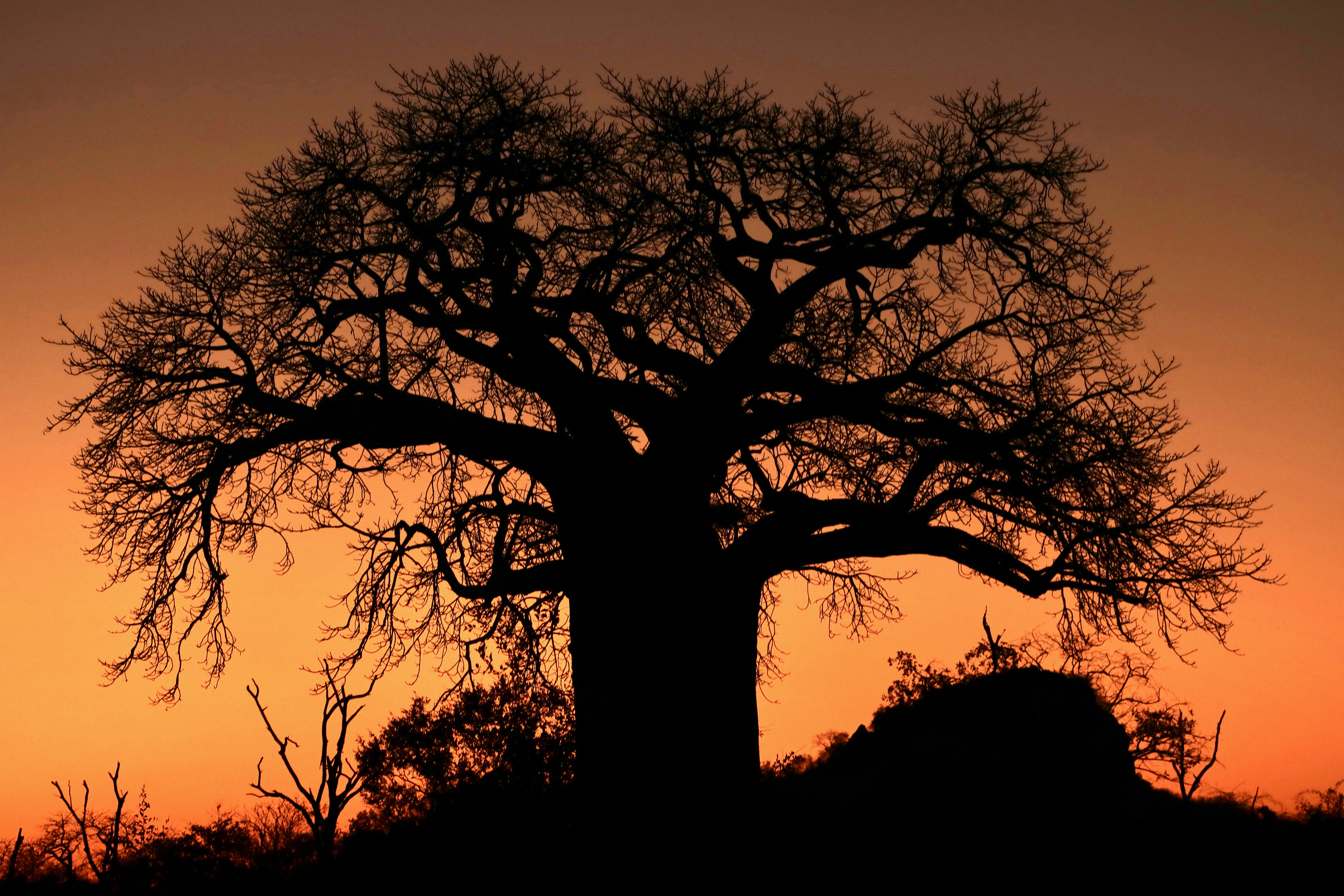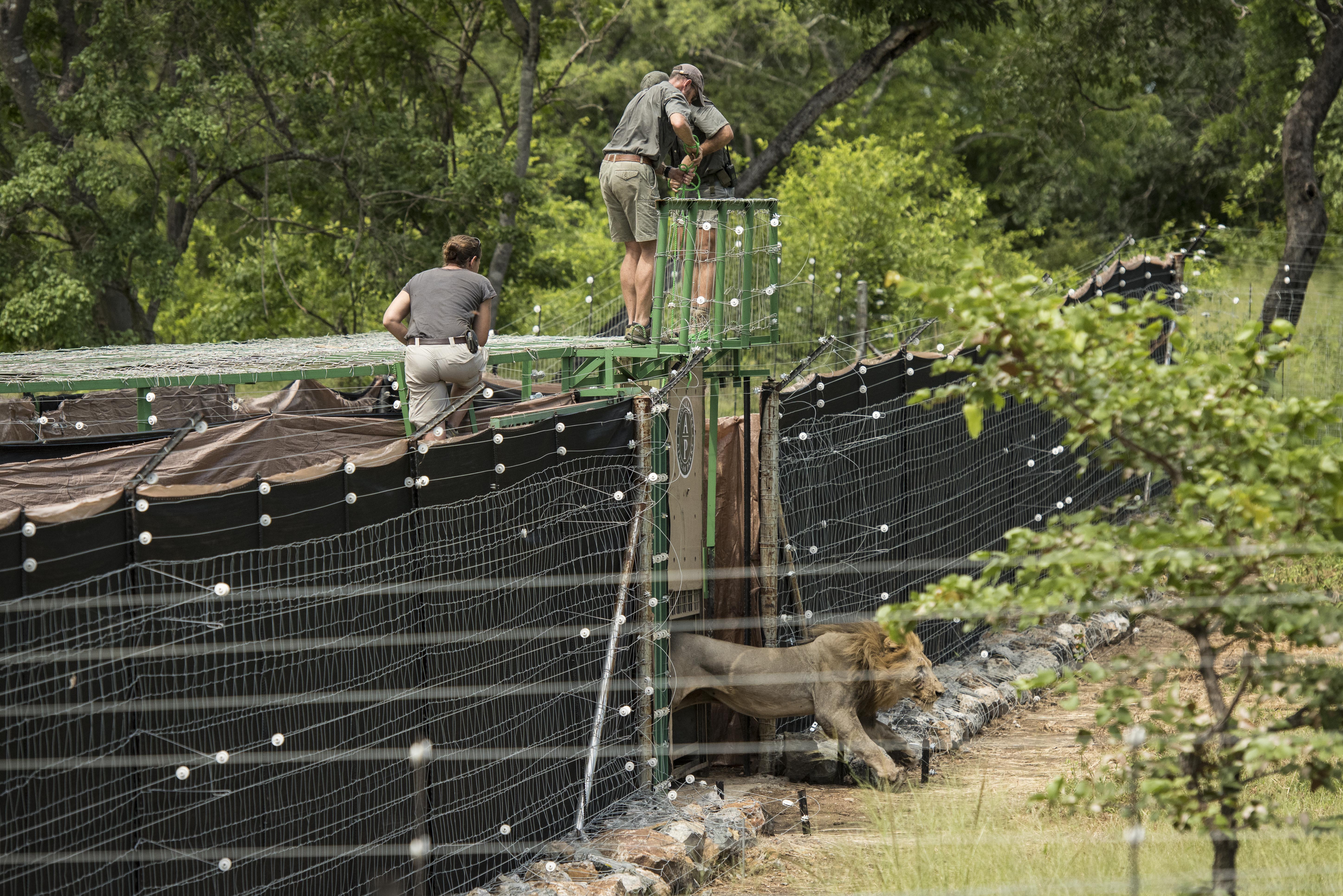Africa has a vast and incredible network for protected areas (PAs). Boasting by far the greatest diversity and abundance of large mammals in the world, Africa’s PAs attract visitors from around the world.
There are some stand out examples of how CMPs have reversed the fortunes of underfunded PAs in Africa. For example, in Majete Game Reserve in Malawi, a partnership between the NGO African Parks and the Malawian government caused wildlife numbers to increase from less than 100 to over 12,000. In Gorongosa, a partnership between the Gorongosa Restoration Project and the Mozambican government helped wildlife numbers recover from 15,000 to over 96,000. In Virunga National Park, a partnership between the Virunga Foundation and the DRC government has resulted in the investment of nearly $100 million into the PA. In Zakouma National Park in Chad, a partnership between African Parks and the Chadian government reduced the rate of elephant poaching from around 500 killed a year to zero.
CMPs have also resulted in the reintroduction of lions to a number of PAs, including Majete Game Reserve and Liwonde National Park in Malawi (supported by LRF), and Akagera National Park in Rwanda. CMPs have also resulted in some significant improvements in community engagement through varying combinations of employment, service provision to local communities, support for health, education and agriculture, and in some cases, improving local security situations and CMP partners providing relief during natural disasters.
In spite of these successes, there are a number of limitations on the growth of CMPs. Some are related to NGOs and donors. There is not enough focus from conservation NGOs on the core conservation business of managing PAs, and there is also not enough attention from donors for supporting PA management. In fact, sometimes NGOs and donors oddly seem to prefer everything but supporting the management of underfunded PAs, which the authors argue is one of, if not the, most important conservation interventions in Africa. Some of the limitations, however, are related to governments.
Some governments are wary of CMPs, perhaps because they see them somehow as an admission of failure, or worry about losing sovereignty over the PAs in question. CMPs do not at all represent failure on part of African governments. Many African governments are arguably doing much more for conservation than the governments of many developed countries. The competing developmental needs for funding in Africa are very real, and the fact is that it is simply not possible to manage PAs to a very high standard without sufficient funding. In addition, in well-designed CMPs there is no risk at all over the sovereignty of the PAs—the land belongs to the host country, the agreements are time-bound, and governments remain a critical partner and play a huge role in the success of CMPs.
The LRF invests heavily in collaborative management partnerships for key PAs in lion range, and sees such projects as being absolutely pivotal to protecting lions, their prey, and their habitats. The potential is enormous—if Africa’s PAs were optimally managed, they could conserve 3 to 4 times the current total wild lion population size.






